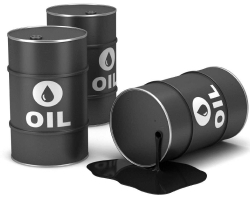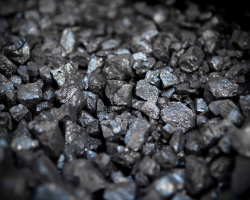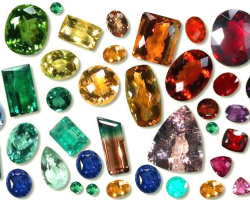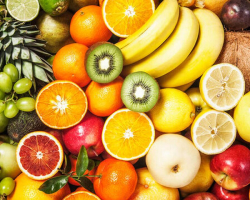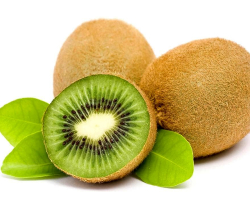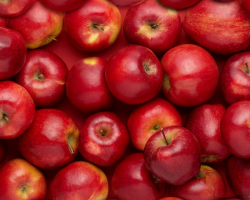Knowledge of India in terms of economy, language and geography of the region
More itemsهند
Knowledge of India
-
1 . Geography of India
India has an area of 3,402,873 square kilometers, which makes it the seventh largest country in the world. Most of the land of India is low and flat, and the Himalayan mountain range, which is located in the north of the country, has prevented moisture and rain-producing clouds from entering North Asia, and as a result, India is a rainy and humid country with very fertile soil. This issue has made this country able to accommodate a large population India's geography is very diverse and includes deserts, mountains, plains, hills and plateaus. Its geography is broadly divided into three parts: 1) the high Himalayan plateau, 2) the Indus-Gangetic plains, and 3) the southern Indian peninsula, which includes various mountainous, river valley, desert, plain, and forest regions. The lowest level of India is in the Indian Ocean, with a height of zero, and the highest point of this country, Kanchenjunga peak, with a height of 8568 meters, is located in the Himalayas, which is the third highest peak in the world.
-
2 . Indian language
Language diversity in India is perhaps more than any other country. The exact number of languages spoken in India is probably more than 1,000, but it is difficult to define a clear boundary between the languages. A total of 1,652 languages were recorded in the 1961 census of India, but some of them may have been different dialects of a single language, and some of them have since become obsolete. There are 428 languages in India, of which 415 are alive and in use, and 13 are obsolete today. According to official government statistics in 2001, in India, 29 languages have more than one million speakers and 122 other languages have more than ten thousand speakers. The number of dialects, accents and languages spoken daily in this country is much more. While Hindi and English languages are in charge of official communication and government affairs, each state has its own official and national languages, for example the official language of Delhi state or National Capital Region is English, Urdu and Hindi respectively.
-
3 . Indian economy
The Indian economy is a diversified economy and includes agriculture, handicrafts, textiles, industry and a wide range of services. Although two-thirds of the Indian workforce still earns their income directly or indirectly from the agricultural sector, the role of the service sector in the Indian economy has become increasingly important. The beginning of the digital age and a large number of educated and English-speaking population in India has gradually made the country's economy an important destination for international companies that outsource their customer service and technical support. India is one of the most important exporters of skilled labor in the fields of financial and software services and software engineering.
About India
Indian economy is the fourth largest economy in the world. Despite the global economic recession, India has become an economic powerhouse with an average economic growth of more than 8% over the past few years. This growth rate is close to the economic growth of its neighboring country, China. According to the measurement of purchasing power parity, India's economy ranks fourth with a GDP of 3.611 trillion dollars. Yet millions of people still live in extreme poverty, with a per capita income of US$720 equivalent to £365 a year. Infrastructural problems also persist in India.
Export opportunities to India
Economic issues have made Iran and India need each other to some extent. India is one of the most consuming countries in the world and oil supplies a quarter of this country's energy. India imports about three-quarters of the oil it needs, part of which is supplied from Iran. India undoubtedly has a strong interest and need for Iranian oil and gas, but this is not the whole story.
India's economy is dependent on Iran's cement and petrochemicals, and in the field of agricultural fertilizers, this country is one of the high-consuming countries due to the extensive agricultural activities it carries out in its vast and fertile lands, and therefore it needs Iran's products in this field.
Also, plastic and paraffin products are exported from Iran to India due to the high use of candles by Indians. Iran's provinces follow their export activities to India separately, so that Kerman province has the largest export of paraffin to India and North Khorasan sends 20% of its exports to India and apparently Its food products like saffron have many fans all over India.

